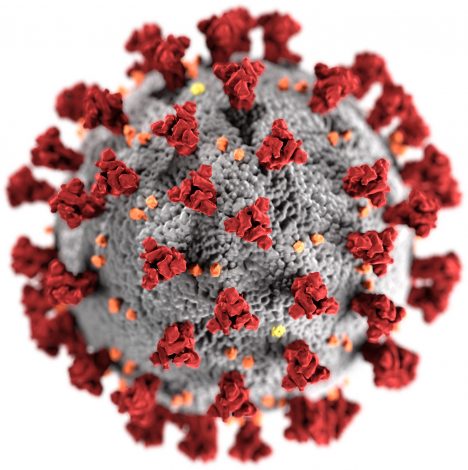New research suggests that a different approach to modelling the spread of the novel coronavirus that causes Covid-19, SARS-CoV-2, could be beneficial for developing new strategies for coping with the ongoing global pandemic. Details are reported in the International Journal of Simulation and Process Modelling.

Shan Bai of the Karlsruhe Institut für Technologie (KIT) in Germany has evaluated how well two approaches to epidemiological modelling – a system of first-order ordinary differential equations (ODEs) and spatial agent-based model (ABM) – work in the face of different interventions. She explains that specific intervention strategies are introduced and the effectiveness of the strategies can be assessed by comparing the results of the models with or without these strategies.
It is now relatively well-known that a proportion of people carrying the virus might have mild symptoms or be apparently asymptomatic but nevertheless shed viral particles in their bodily fluids, specifically saliva and mucus from the respiratory tract. These particles may enter the respiratory tract of other people through various physical mechanisms, such as exposure to a sneeze or cough from the infected party, simply being in close proximity and breathing the same air or touching surfaces that on which infectious droplets have landed followed by transfer from hand to face and thus the eyes, nose or mouth.
The joint mantras of stay socially distanced from other people, do not touch your face, and wash your hands thoroughly and frequently remain good advice in the face of this health crisis. Moreover, given the nature of Bai’s analysis of the situation, she says that “It is thus very important to assess the potential for sustained transmission, taking such infected people into account, in order to thoroughly understand the transmission dynamics of the infection and evaluate the effectiveness of control measures.” This is where solid epidemiological modelling comes into play especially as new knowledge about this emergent virus and the complex disease it causes is obtained.
The spatial ABM integrates several new features to the epidemic models compared to the ODEs-based model, Bai adds. “The implementation of spatial ABM brings novel features to the epidemics modelling: new states being easily incorporated; the parameter illustrating the moving willingness of people; and sub-models for hospital beds to reflect demands of medical resources,” Bai adds. The results suggest that the flexible nature of ABM make it a useful addition to the toolset of epidemic simulation models.
Bai, S. (2020) ‘Simulations of COVID-19 spread by spatial agent-based model and ordinary differential equations’, Int. J. Simulation and Process Modelling, Vol. 15, No. 3, pp.268–277.